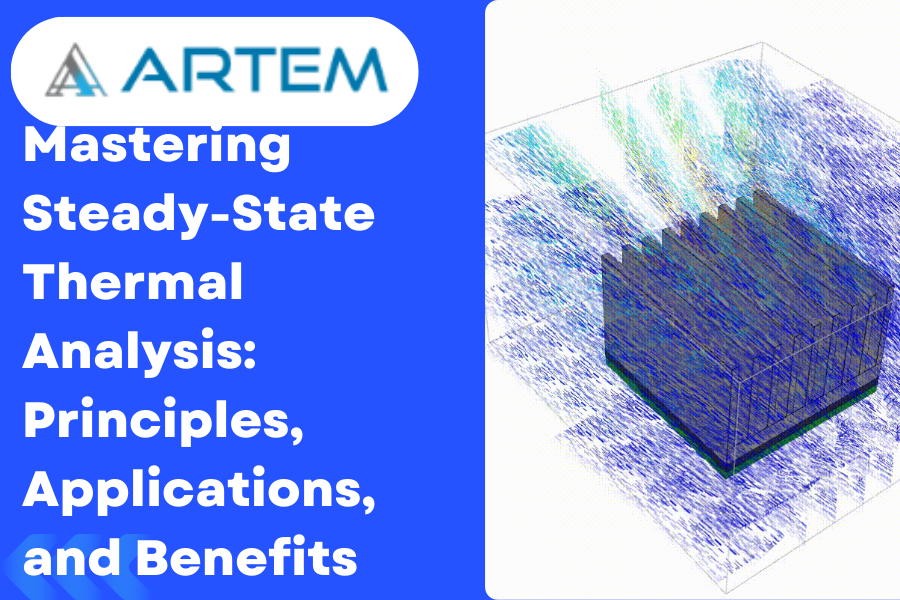Geometric Dimensioning and Tolerancing (GD&T) employs a unique set of symbols to communicate precise design specifications. Understanding these symbols is fundamental for anyone entering the world of engineering and manufacturing. In this beginner’s guide, we’ll explore the key GD&T symbols along with their characteristics and form-related implications, following the ASME (American Society of Mechanical Engineers) […]
Geometric Dimensioning and Tolerancing (GD&T) is a vital language in the realm of engineering and manufacturing, serving as a set of symbols and principles that convey precise specifications for the design and production of mechanical components. GD&T plays a crucial role in enhancing communication between designers, engineers, and manufacturers, ensuring that everyone involved in the […]
Introduction: In the intricate world of engineering and design, understanding how heat is distributed and managed within structures is paramount. Steady-State Thermal Analysis stands as a powerful tool in this quest, providing engineers with invaluable insights into temperature distributions, heat flow patterns, and the thermal equilibrium of a system. In this blog, we’ll delve into […]
Welcome, aspiring engineers and graduate students! As you delve into the intricate world of Computer-Aided Design (CAD), mastering tools like Siemens NX can be a game-changer. Today, let’s unravel the secrets of NX CAD workflow optimization, a journey that promises not just efficiency but a heightened level of productivity in your design endeavors. Understanding the […]
Aerospace engineering stands as a testament to human innovation, pushing the boundaries of what’s possible. At the heart of this cutting-edge industry lies Geometric Dimensioning and Tolerancing (GD&T), a language of precision that ensures every component, no matter how intricate, aligns seamlessly. In this exploration, we’ll delve into real-world case studies, demonstrating how GD&T is […]
If you’re aspiring to carve your niche in the dynamic world of automotive alignment engineering, mastering Computer-Aided Design (CAD) is a crucial pit stop on your career journey. The question then arises: which CAD software is the best companion for engineers in this field? Buckle up as we navigate through the options and unveil the […]
Congratulations, graduate! You’re on the tip of diving into the exciting world of Computer-Aided Design (CAD). As you embark on this journey, a critical decision awaits: which CAD tool should you learn to kickstart your career? In this blog, we’ll navigate through the industry landscapes of three prominent CAD tools — SolidWorks, Siemens NX, and […]
Welcome to the fascinating realm of sheet metal formulation, where precision meets creativity. Mastering the formulas involved in sheet metal design is like uncovering the language of a skilled craftsman. In this blog, we’ll delve into the essential formulas that underpin the art of sheet metal work, providing you with the knowledge to craft your […]
Welcome to the intricate world of sheet metal design, where precision is paramount, and every bend matters. In this blog, we’ll unravel the mystery behind a key player in sheet metal formulation: the K-Factor. Let’s explore what the K-Factor is, its significance in sheet metal bending, and how it dances in harmony with different materials. […]








